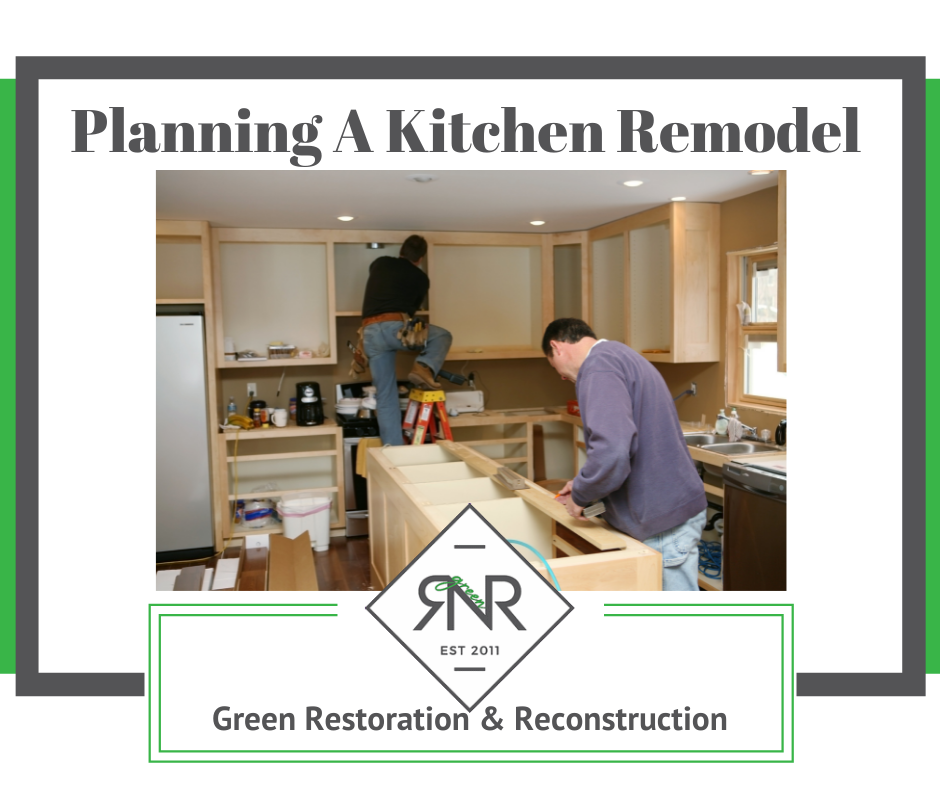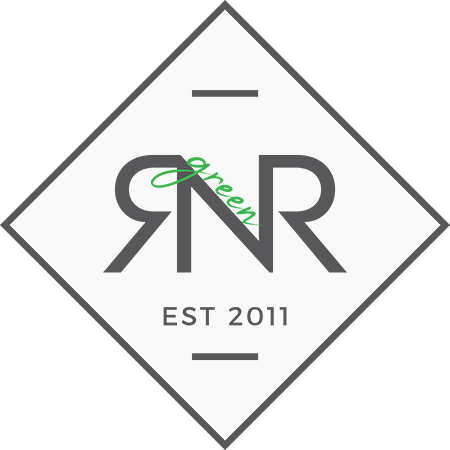Here at Green Restoration, we come in after the remediation crew has cleared out the problem and work with your insurance company to make your space look new. We can put you in touch with the best remediation crews in the area. But before facing a mold remediation project, consider the following.
How Does Mold Remediation Work?
Contrary to what the internet might have you believe, mold removal is very rarely a DIY project. Mold can be hidden behind sheetrock, under flooring, inside walls, and in crawl spaces. It is usually hidden until it makes itself known as a visible spot (or spots) on the wall or ceiling. Mold removal should always be left to the pros.
Most professionals who do mold remediation carry commercial-grade air movers and air scrubbers and use HEPA vacuums. They will strategically place fans to move around the air in your space as well as fogging machines (foggers look like a water hose with a machine attached) that emit antimicrobial agents into the problem area.
The goal is to get the mold spores active and airborne so that they can be removed by the machines. Depending on how bad the problem is, mold remediation may include the removal of sheetrock, flooring, ceiling tiles, or even cabinetry.
How to Prepare for Mold Remediation
- Do not touch it! As is the case with most types of remediation, the first order of business is to leave everything alone. Anything you've touched may have to be discarded so wear gloves and don't forget your respirator mask. Unless instructed otherwise by the remediation crew, do not enter the area until after they have completed the project. Moving items out of the area could spread the mold further.
- Don't turn on fans. It may seem logical to use a fan to air out a moldy space, to dry the water causing the problem. However, fans - when not used by qualified remediation specialists, are more likely to spread the mold spores throughout the house. (I've seen one situation where a mattress had gotten wet in one room causing mold in that space. The homeowner used a fan to air out the room and spread the mold throughout the entire house in just two days.)
- Wait for the green light. Remediation is a dirty job, but somebody's got to do it. So let them do their work and give the area at least 24 hours before you return to assess the damage and clean up any residual mold or mildew.
- Call Green Restoration & Reconstruction to Rebuild Your Space. Time For Restoration & Reconstruction
The goal of restoration construction is to clean and restore your home to its pre-loss condition. Green Restoration & Reconstruction will work with your insurance adjuster to determine what items can be saved, restored, and/or replaced. The first step in any loss recovery process is mitigation which includes extraction, removal of damaged materials, and drying the structure as quickly as possible. Our team has recovered from hundreds of losses so we have seen it all when it comes to dealing with flooded homes and businesses.
We have the experience needed to handle everything from full-scale commercial properties down to smaller residential jobs.
Our team specializes in restorative construction, especially following water, fire, or storm-related disaster. We know how to prevent additional problems. We work with your insurance company every step of the way, filling out all required paperwork in a timely manner, and we move quickly to get your life back to normal.
Our assistance helps you to expedite the claims process and get the restoration results you need as fast as possible.


